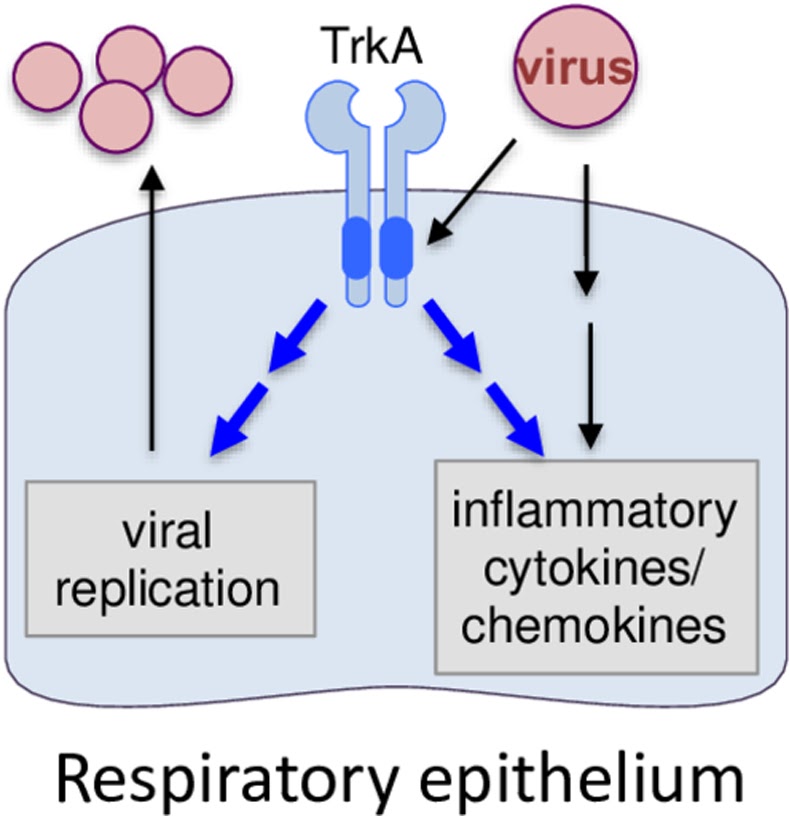Research Roundup: Identifying targets for more effective flu treatments
November 14, 2022

A recent study from CVM researchers suggests a new target for developing effective therapies for influenza A. Despite annual vaccines and existing treatment options such as Tamiflu, the flu continues to be a major public health concern, causing hundreds of thousands of hospitalizations and upwards of 25,000 deaths in the U.S. annually.
The flu is challenging to treat in part because it constantly evolves in ways that can render vaccines and treatments less effective. Instead of targeting the virus itself, however, an alternative approach to treatment could be targeting host factors—that is, factors that promote infection within the cells that host the virus.
The research team, led by Dr. Yuying Liang, had previously shown that one host factor—a protein called TrkA—plays an important role in the flu virus’s ability to replicate In this study, they wanted to understand exactly how the virus interacts with TrkA, and if that interaction could potentially be the target of new treatments.
In human airway cells and mouse lungs infected with different strains of influenza A, the researchers found the TrkA response was activated, as they expected. But when they administered a small molecule designed to inhibit that response, they found that the mice had significantly lower viral loads in all respiratory tissues. They further showed that TrkA is not only important for flu virus replication, but also for triggering inflammation in the lungs, which underlies severe flu disease. Thus, targeting TrkA can both inhibit flu viral replication and reduce the damaging lung inflammation.
The researchers say that further studies are needed to fully understand exactly how TrkA interacts with the virus in different types of cells. But their study successfully demonstrated that TrkA is a promising target for new flu treatments—treatments that could be more effective than the existing ones that target the virus itself.
Read the full study in PLOS Pathogens.


